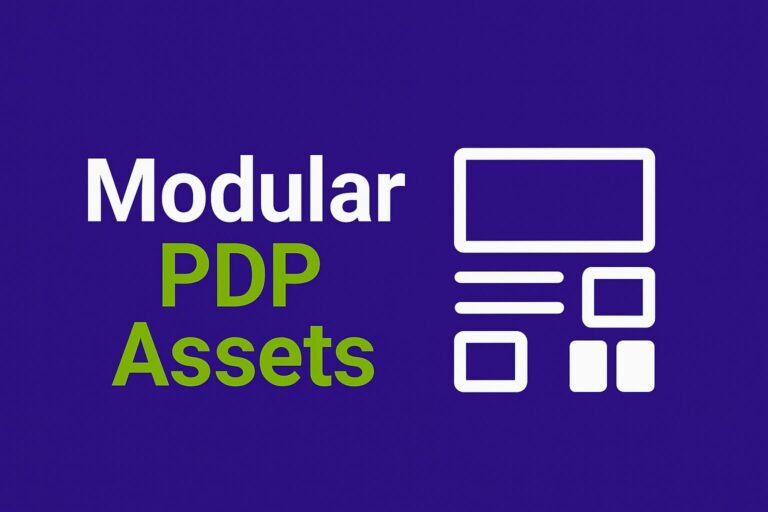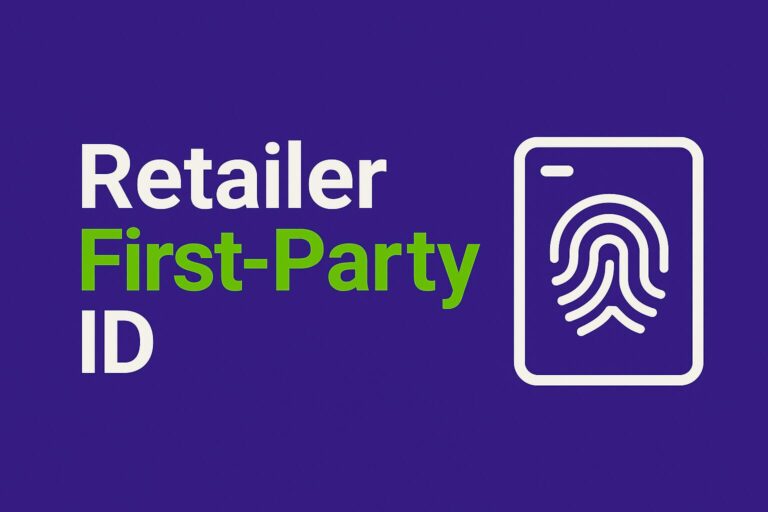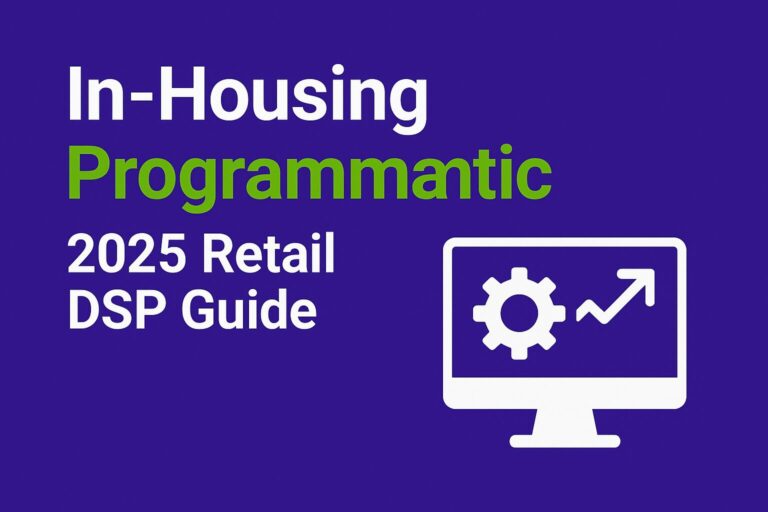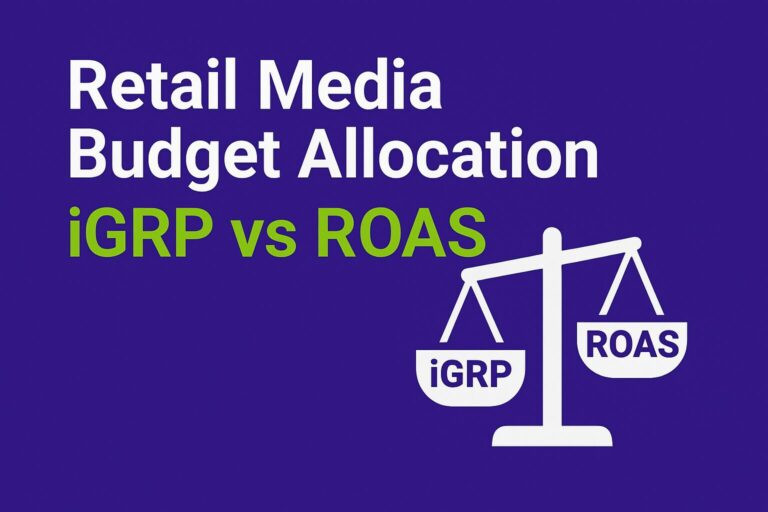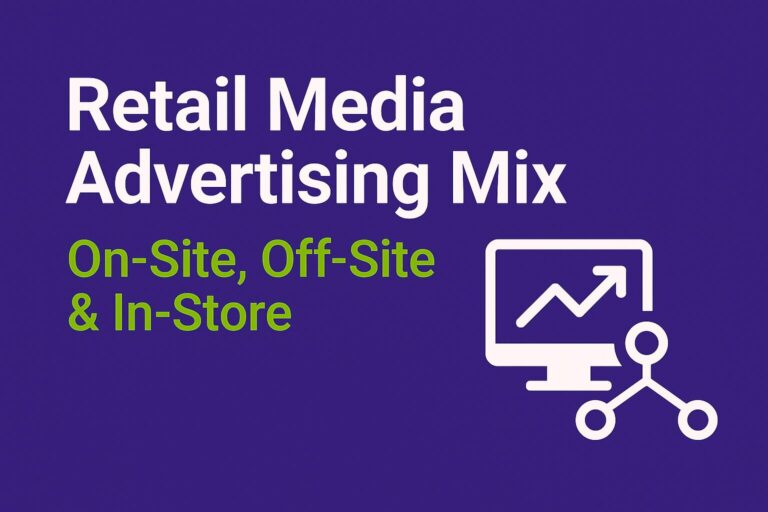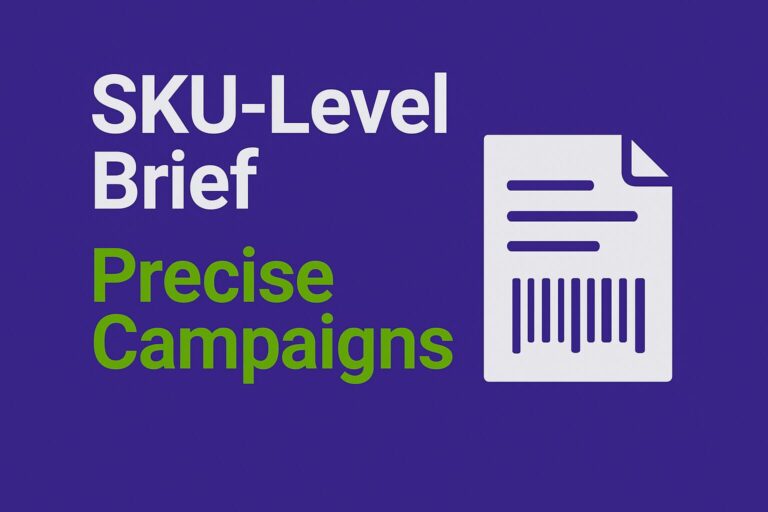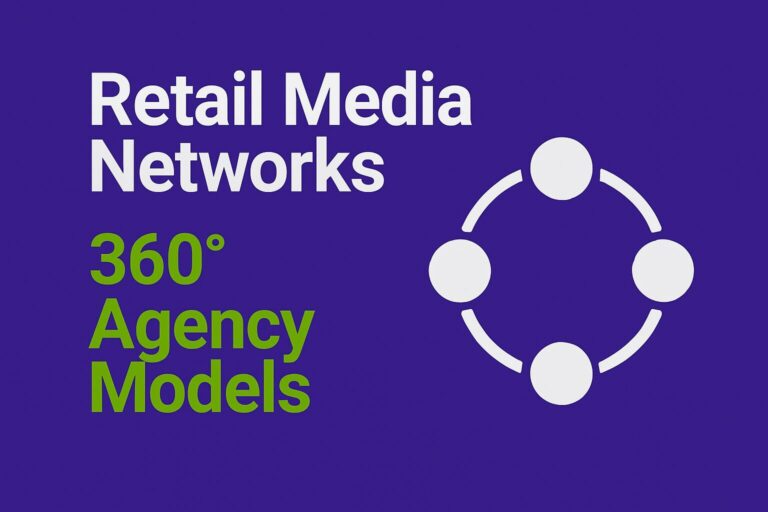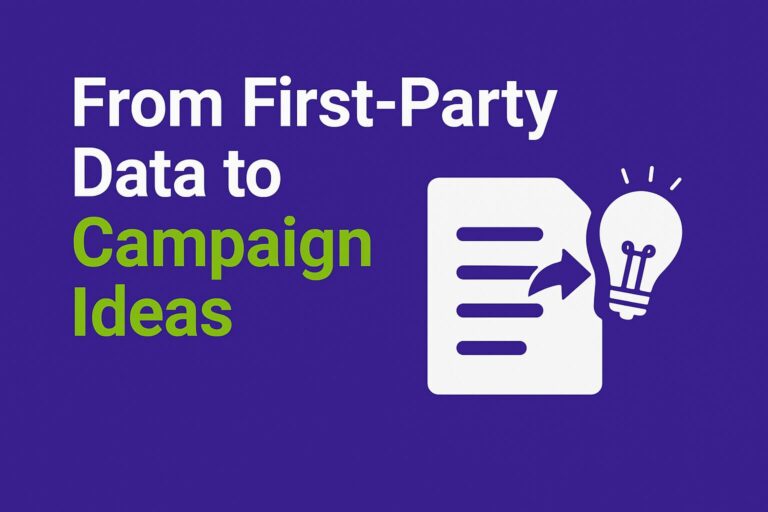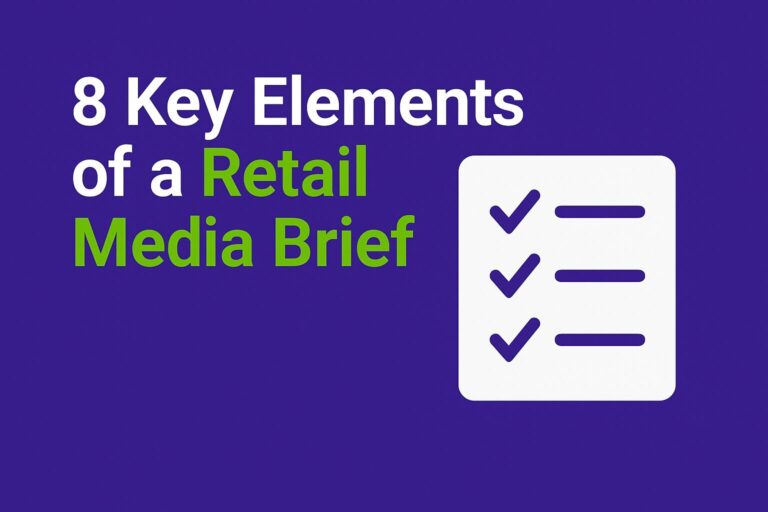Modular PDP Assets: Flexible Retail Media Creatives
Modular PDP Assets: Flexible Retail Media Creatives Read More »
Brands running retail media campaigns need creative that scales.Modular PDP Assets are the answer—flexible visuals and copy components designed for rapid deployment on product detail pages. Instead of crafting custom banners for every SKU, you build once and reuse smartly. Think: swappable elements like logos, CTAs, and 6-second videos, ready to plug into any campaign. […]

